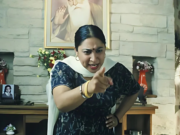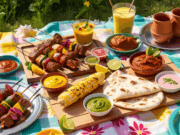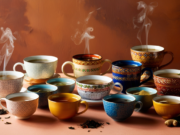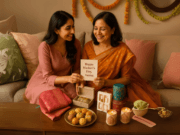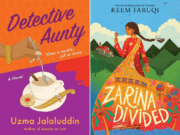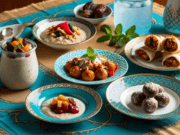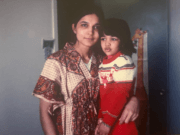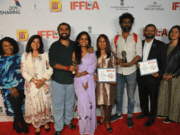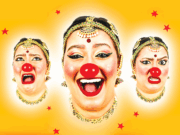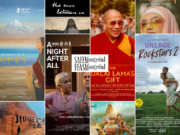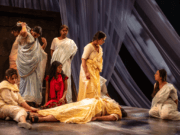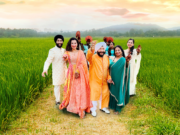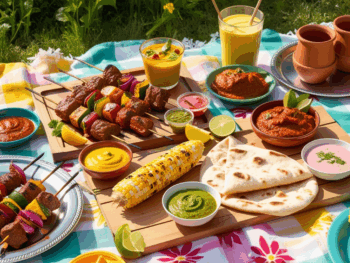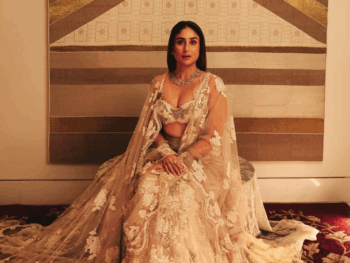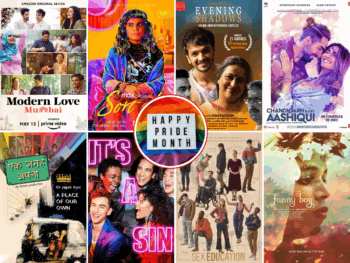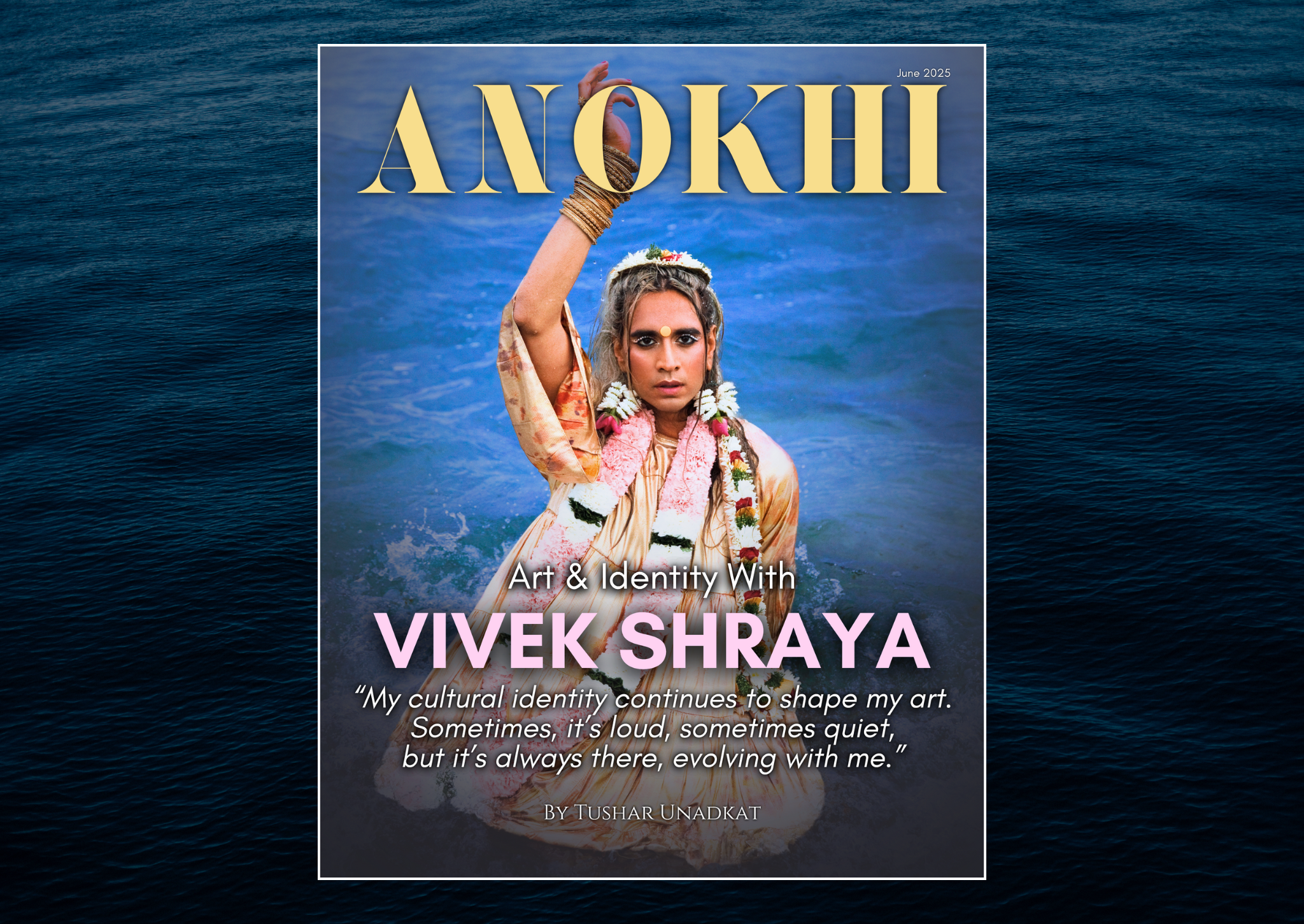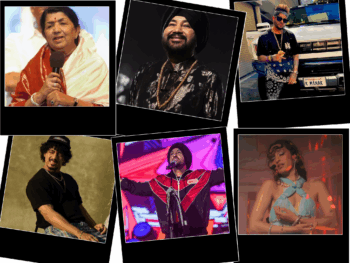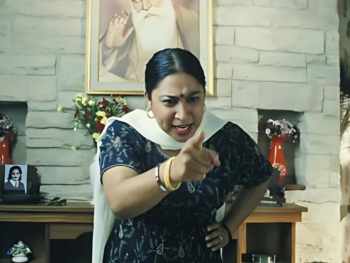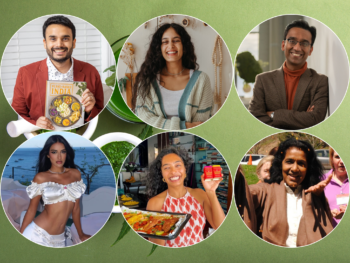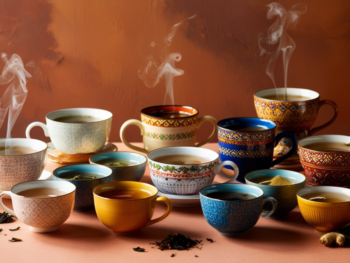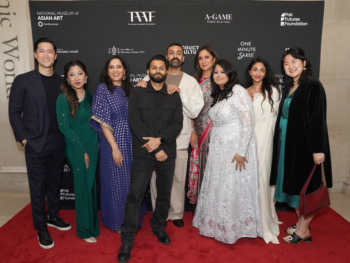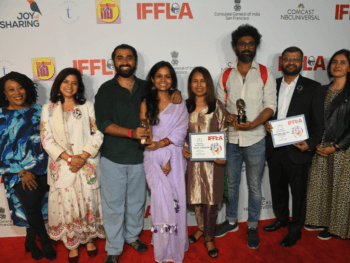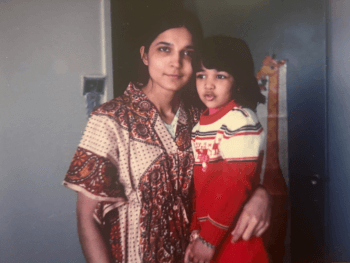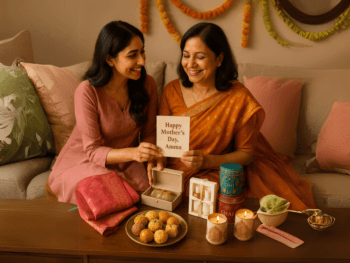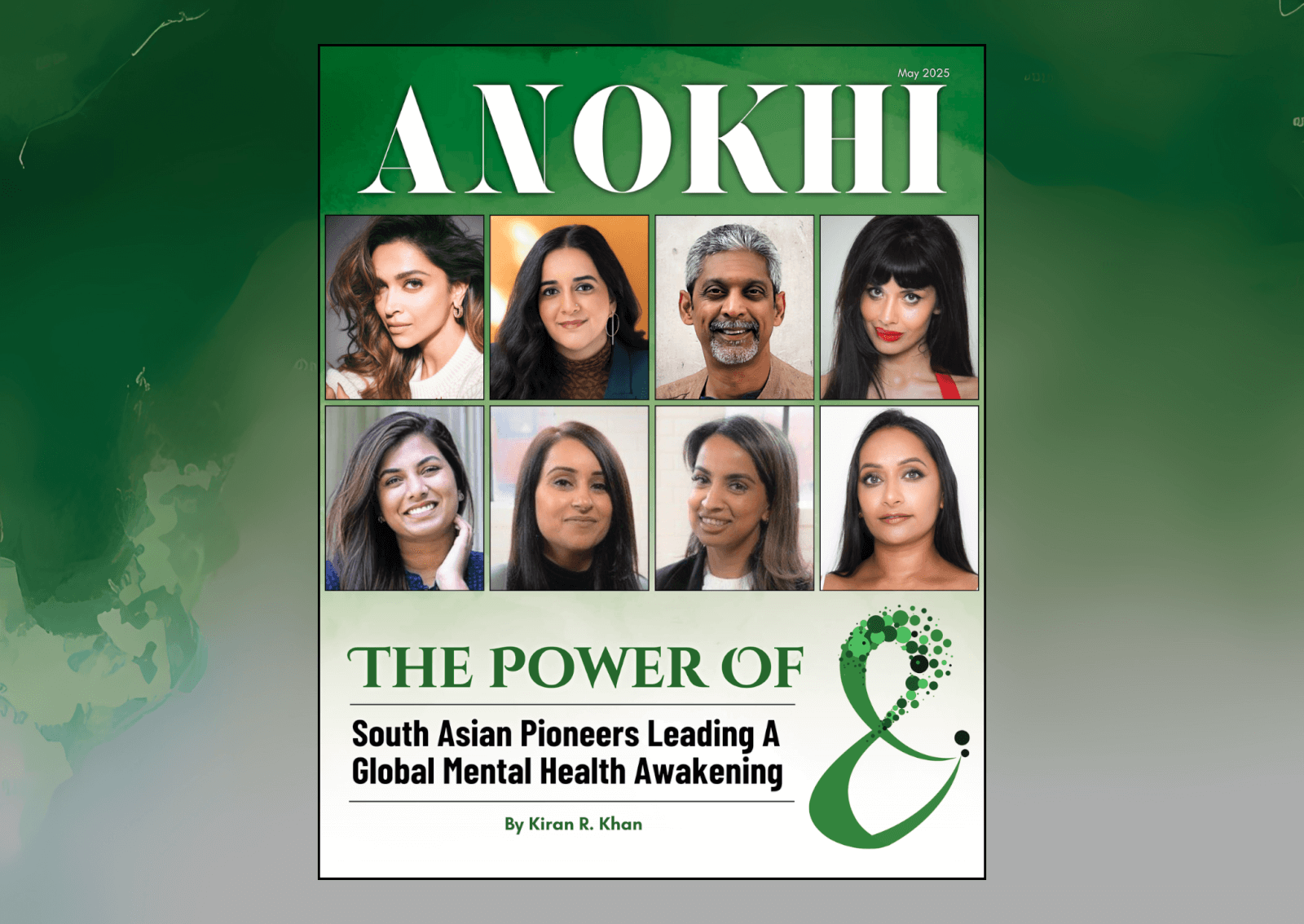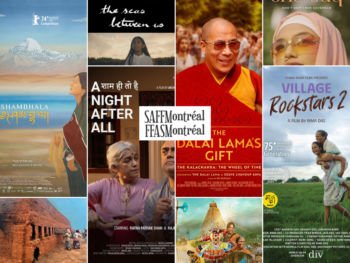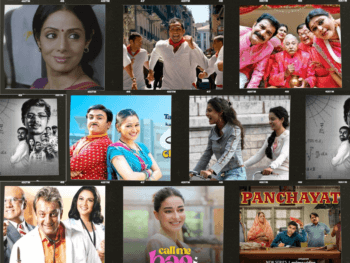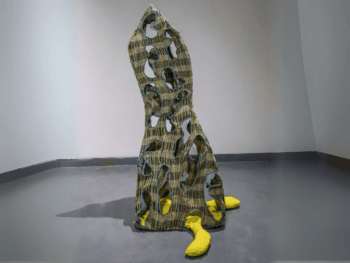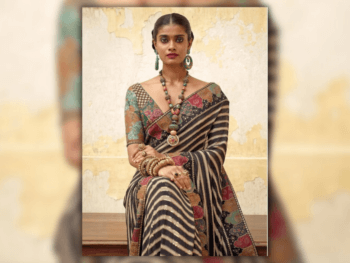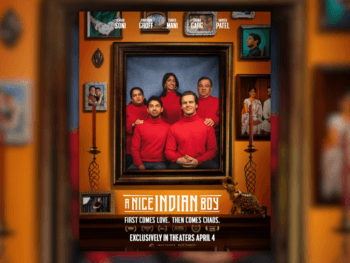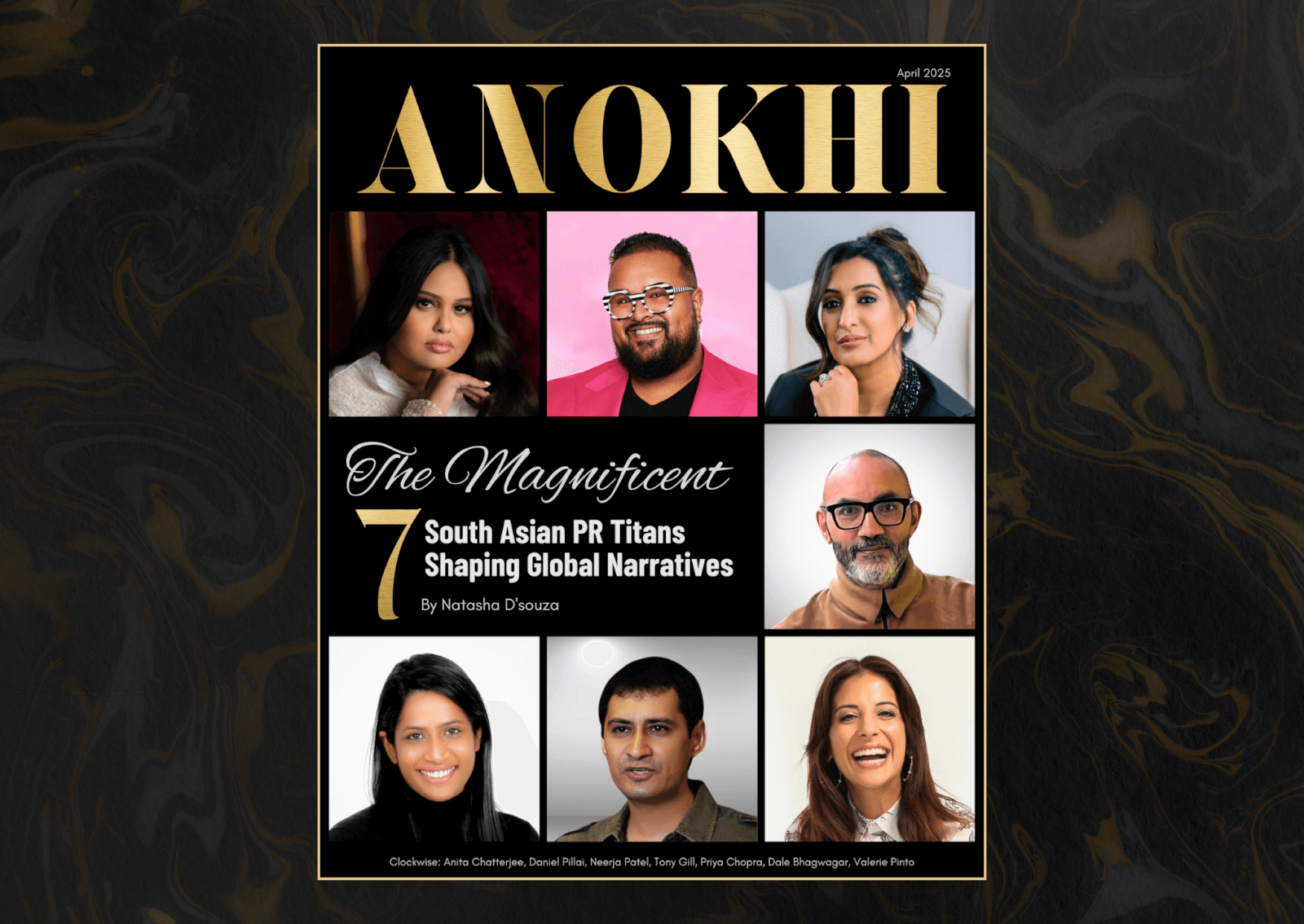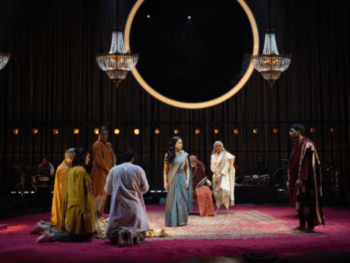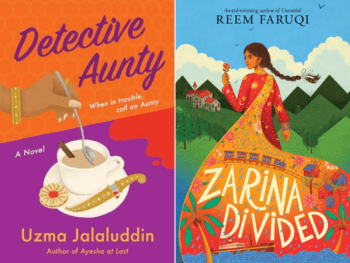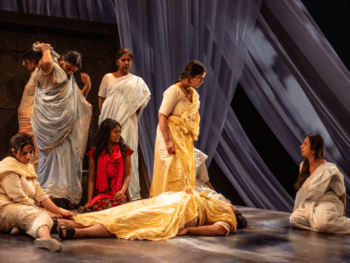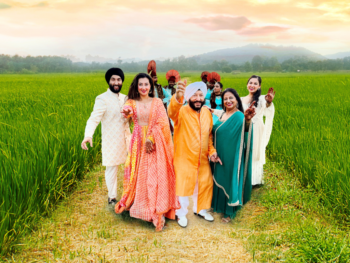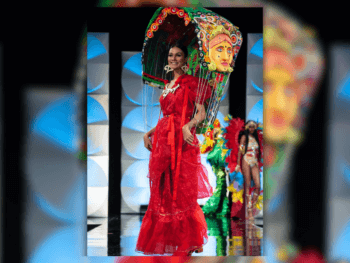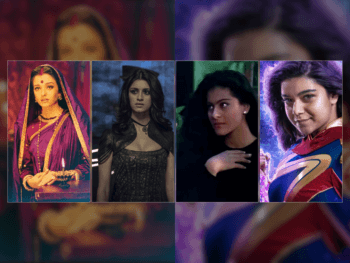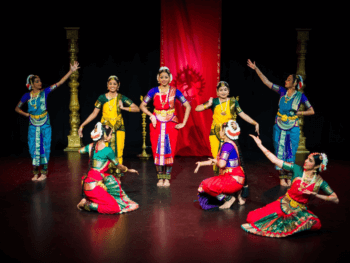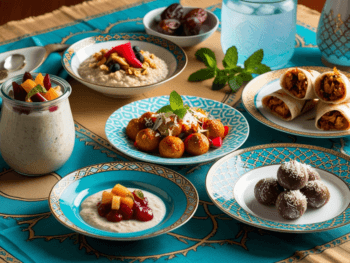Madhur Jaffrey’s Vegetarian India: An In-depth Look At Indian Home Cooking
Dec 23, 2015
_38a-350x188.jpg)
Renowned cook, television personality, actor and author Madhur Jaffrey's newest cookbook, Vegetarian India: A Journey Through the Best of Indian Home Cooking, gives foodies a deeper look at the vastly diverse land of India and its vegetarian delicacies.
There are a few cooks in the culinary sphere who manage to get Indian food just right, and Madhur Jaffrey is easily one of the top on that list. With a career that has spanned over four decades, Jaffrey, 82, is one of the most recognizable faces when it comes to Indian cooking and cuisine around the world, especially in the west.
Jaffrey pioneered the movement to bring authentic Indian flavours to North American and British kitchen tables with her debut cookbook An Invitation to Indian Cooking which was published in 1973 and with her notable cooking series Madhur Jaffrey's Indian Cookery which premiered in 1982. She gave non-Indians and an entire new generation of South Asians living and growing up in the diaspora a reason to celebrate food and flavour from their homeland of India.
Having written more than 20 cookbooks and honoured with seven James Beard awards in her career thus far, Jaffrey has only ever solely focused on vegertarian cooking once with her 2002 publication World Vegatarian. But now, Jaffrey delves deeply and exclusively into India and emerges with over 200 recipes and dishes that significantly showcase the varied flavours, tastes, customs, rituals and cultures of the vastly diverse world of vegetarian Indian cooking.
With her latest publication, Vegetarian India: A Journey Through the Best of Indian Home Cooking, in tow I spoke to Jaffrey with great excitement, exclusively for ANOKHI to learn how she gets vegetables, beans, legumes and grains to come to life like we've never seen or tasted before.
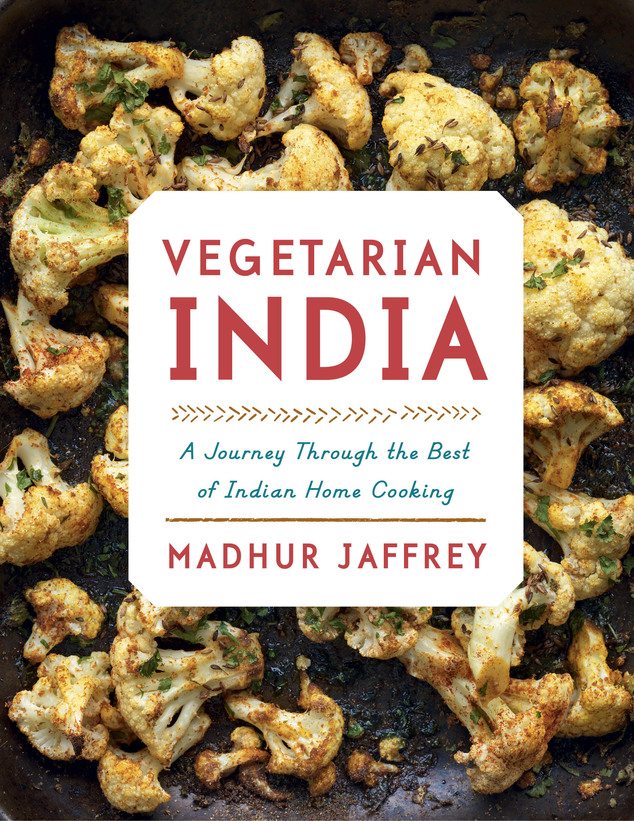
Cover of Madhur Jaffrey's newest cookbook, Vegetarian India: A Journey Through the Best of Indian Home Cooking.
Photo Credit: Knopf/Penguin Random House
So what inspired Jaffrey to focus solely on Indian home cooking and vegetarian cuisine this time around? "I've always wanted to write a cookbook that focused on all of India. I hadn't quite done it in the past for all kinds of reasons, but I was collecting recipes for this book for quite a while. Eventually I thought that I should do a book on all of India, since I have not done full justice to certain areas of India and their cuisines before, such as the South of India. So, I thought this was a good opportunity to do justice to certain areas of India that I have touched upon in my past work and also explore new areas and cuisines of India that I have not written about before" says Jaffrey.
"If you go into little corners of India you find things you do not know and you do not expect. There is always a wonderful surprise and you know you can find a plethora of them to discover in India all the time. You can never know all of them, and you will always be excited to learn more. So I wanted to look at foods that would surprise me as well and share them in this book" continues Jaffrey.
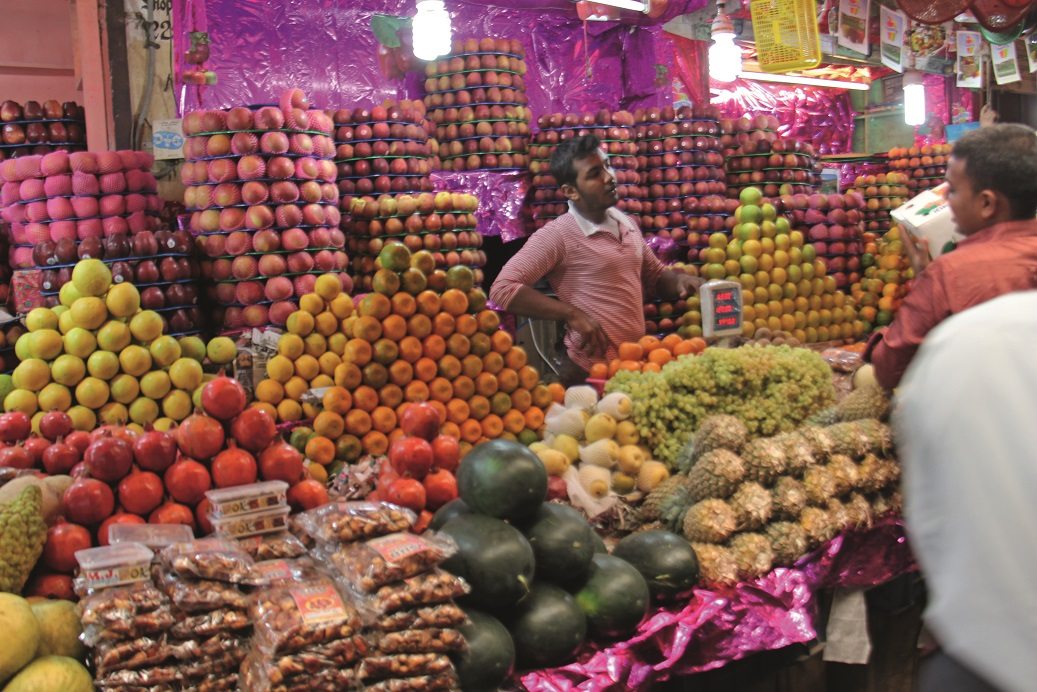
Fruit stall in India, taken from Vegetarian India: A Journey Through the Best of Indian Home Cooking.
Photo Credit: Knopf/Penguin Random House
How does she want readers to approach the vegetarian world in her book? "Every which way, cause that's how food is; it's a way of life" says Jaffrey. And a way of life it is.
While the inspiration of Vegetarian India: A Journey Through the Best of Indian Home Cooking was to do justice to India's diverse locales and local vegetarian cuisines, Jaffrey's approach was quite grassroots and organic. Her focus was to let the food do the talking, and to do this she followed various different Indians around in their daily lives to discover their food habits related to family, work, culture and religion. "Instead of flying around, I travelled through a lot of India by car so I could stop anywhere I wanted to and I could look, taste and feel anything I wanted to at any time. This was a wonderful experience because a dosa for instance is prepared, cooked and presented differently in different places throughout India – its never the same. So travelling by car allowed me to experience this" said Jaffrey.
One of Jaffrey's organic food experiences that is easily recognizable in Vegetarian India: A Journey Through the Best of Indian Home Cooking is one where she follows two Bombay jewelers in India to see what they ate for lunch. The photos from her experience are neatly included and labelled in her author's introduction and truly embodies her grassroots approach to food in her newest publication.
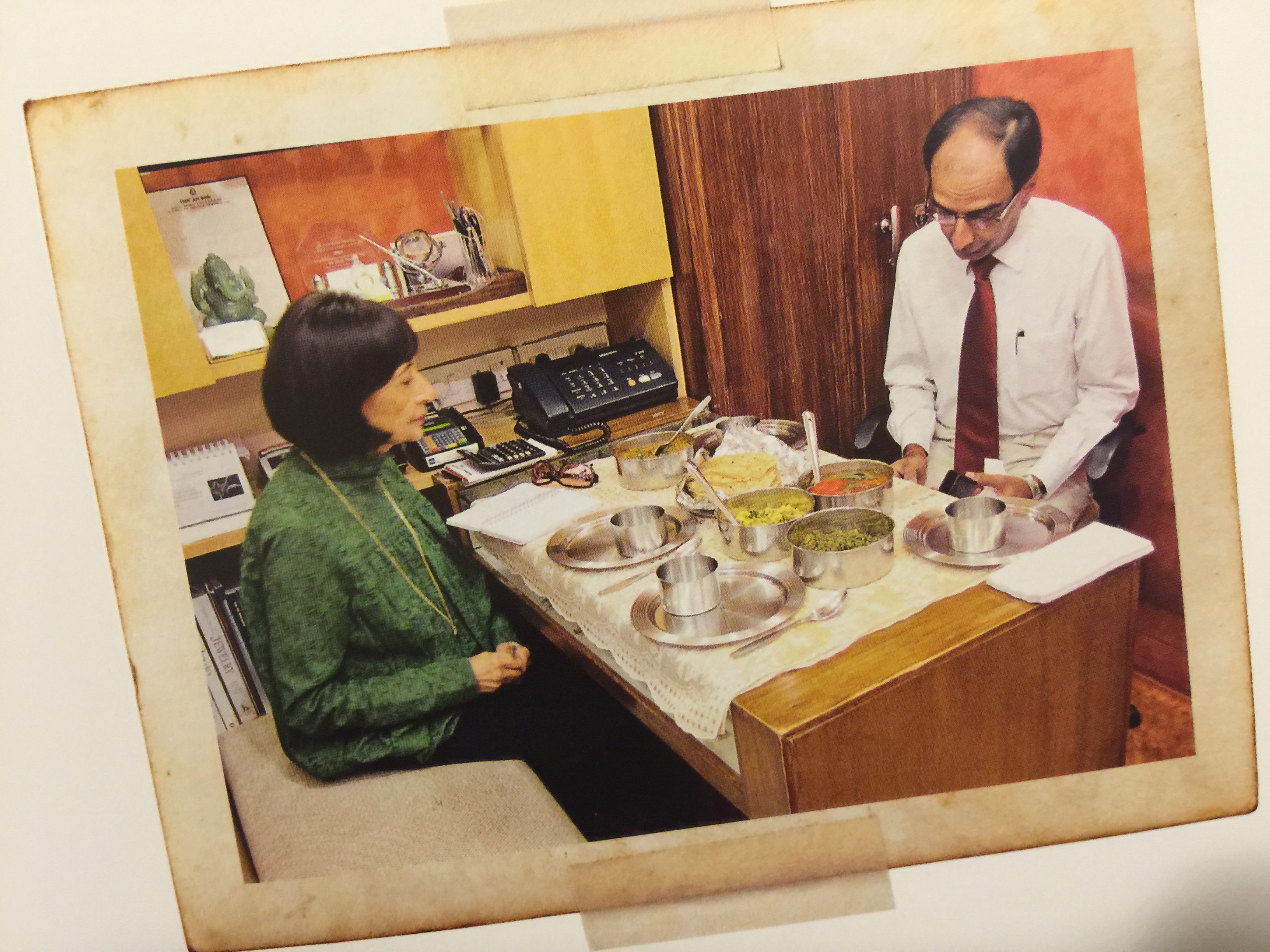
Madhur Jaffrey having lunch with a Bombay jeweler in India as seen in
Vegetarian India: A Journey Through the Best of Indian Home Cooking.
Photo Credit: Knopf/Penguin Random House
"When people write Indian recipes, they are just that, recipes, and they are unconnected to people and life in most cookbooks. I wanted to show people the background of Indians and how they eat. If they have lunch, how do they have lunch? What does their lunch consist of? What is their system in their families? So I thought it would be great fun to follow all groups of people around to do this."
Jaffrey is also quick to open up about her experience following a woman who picked chillies in the fields for work to see what she brought with her as a lunch. "All she had in her little lunchbox was some coarse rice and a chutney, a little sauce made of chillies, tomatoes and onions, a sort of salsa, to wet the dry rice and simply add flavour. And I thought how wonderful is this . . . this is the taste and flavour of the local person. This woman knew she needed a little flavour with her grain and she accomplished it with a simple sauce. This was her meal, and it's not much different than an Italian eating pasta and flavouring it with a sauce. It was simple, it was part of her life, part of her routine and I wanted to bring that authenticity and simplicity to this book" explains Jaffrey.
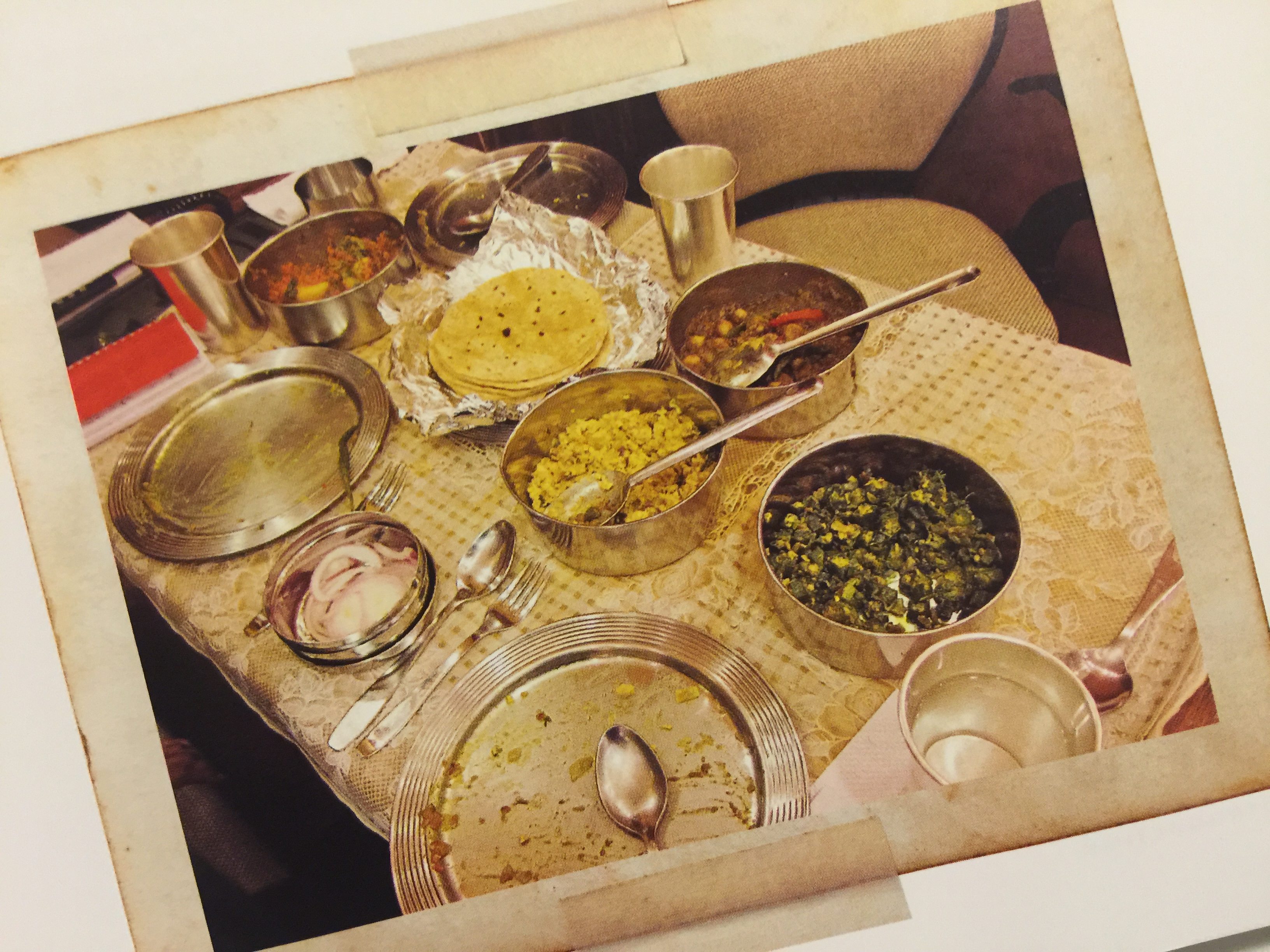
The vegetarian lunch of a Bombay jeweler as seen in
Vegetarian India: A Journey Through the Best of Indian Home Cooking.
Photo Credit: Knopf/Penguin Random House
"I want to understand all aspects of the food, not just the recipe. I am interested in its cultural and religious background, where the food comes from and how it is grown, why people eat what they eat, when do they eat it, what does it mean to them and what are the rituals and customs involved. As a result, I feel that I know the food on a deeper level and that is what's important to me."
With this approach, Vegetarian India: A Journey Through the Best of Indian Home Cooking showcases recipes that are simple in nature but complex in taste and flavour and of this Jaffrey is very proud. The food showcased is not just to simply provide a cultural and culinary context to the vegetarian food Indians eat, but to showcase a way of life for the 300 million vegetarians living in India and how they live their lives with food, feed their families and maintain a healthy standard of nourishment.
"I was able to visit Kurg. The people there are foragers and during the rainy season, which lasts for four months, they don't have access to much food, because nothing grows when it rains that hard, except in the jungles. So, they forage, and the food they look forward to during this rainy season are mushrooms and there are hundreds of different types that grow in Kurg during this time. And there are many different ways of preparing these mushrooms as well. So I wanted to bring that way of life, and an authentic way of preparing these mushrooms to my readers. They shared their recipes with me and I brought them to this book."
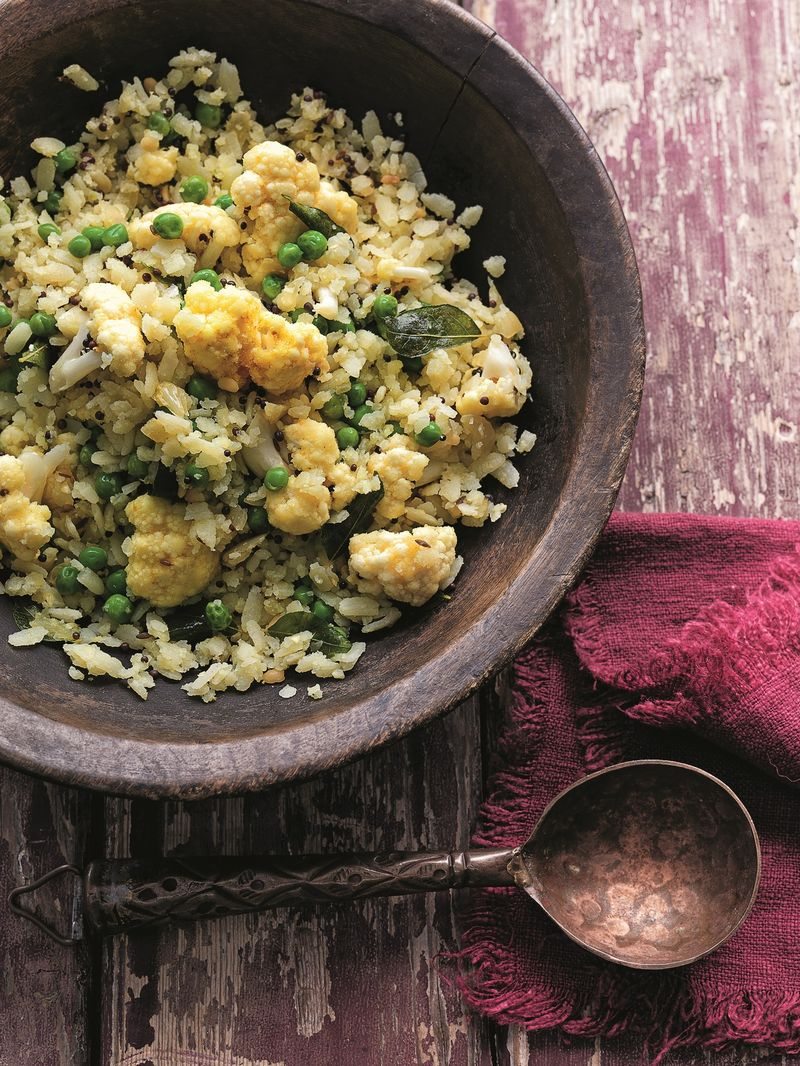
Flattened Rice (Poha) with cauliflower and peas from
Vegetarian India: A Journey Through the Best of Indian Home Cooking.
Photo Credit: Knopf/Penguin Random House
Now for those that are approaching vegetarian food with a mindset of limitations and restrictions, they should think twice as Jaffrey's collection of recipes are easy to prepare and ready to alter. When speaking of breakfast foods Jaffrey is quick to use pancakes as an easy example. Rather than sticking to the tried and tested method of pancakes we are familiar with in the west, adding a touch of South Asia doesn't involve much work at all — try making them with sooji (gram flour), wheat, rice flour, poha (flattened rice) or even various different types of beans. The possibilities are endless according to Jaffrey.
"I have introduced people to something that most Indian cookbooks don't deal with and that is poha, which is a rice based grain that is dried and flattened. So here are more options for a pancake that most western people did not know existed and here they are in my book. All these possibilities exist in India and the book is a way for me to offer them to western readers."
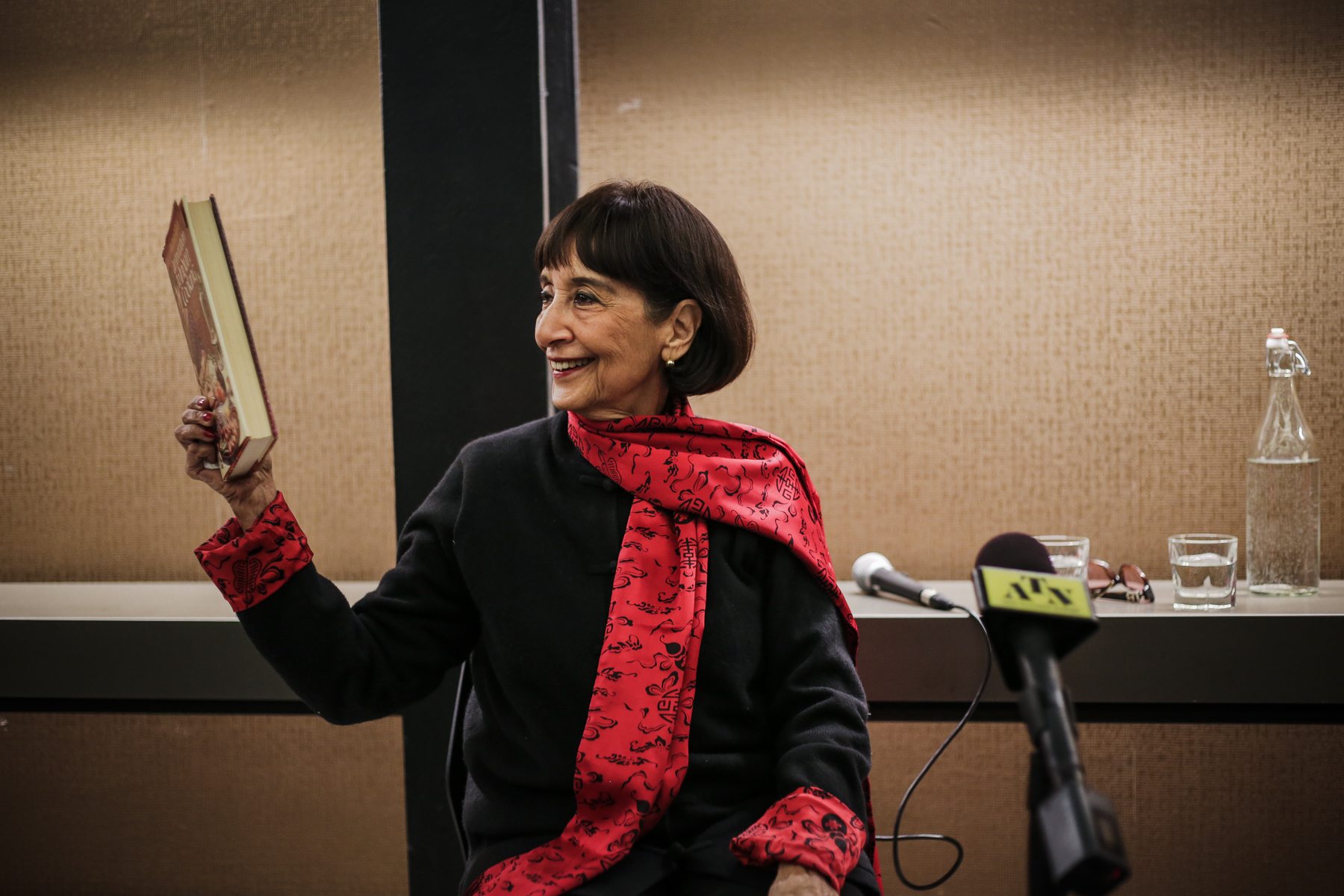
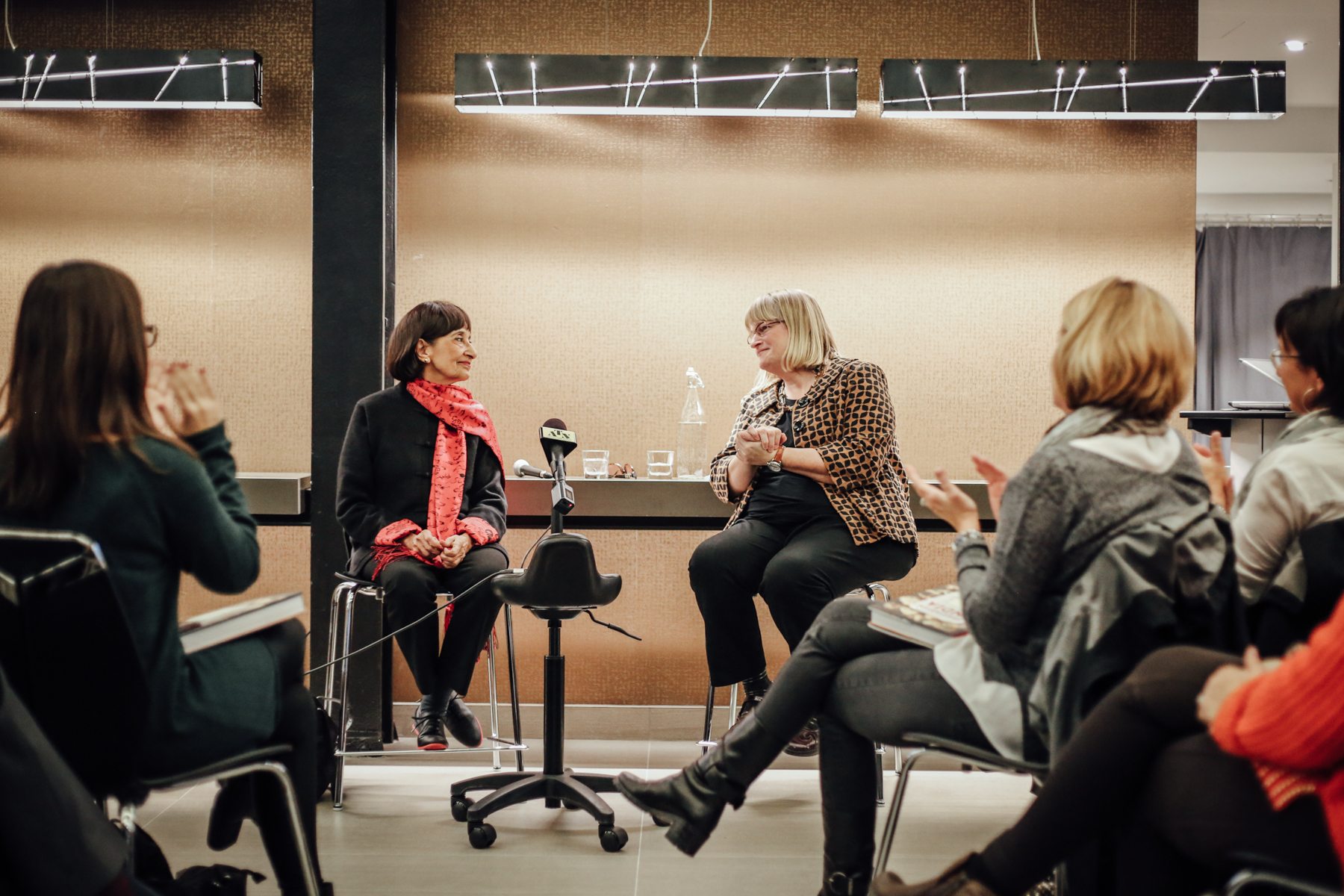
Madhur Jaffrey speaking at George Brown Collage at the Centre for Hospitality and Culinary Arts.
Photo Credit: Alexandra Fernando/George Brown College CHCA
Speaking of a western audience, Jaffrey recently visited Toronto's George Brown College at their Centre for Hospitality and Culinary Arts to launch her new book and to speak to fans, food lovers and budding cooks and chefs. After a career of more than 40 years, 20 cookbooks and cookery shows, one would think that Jaffrey has tasted everything, and experienced all sorts of cuisines and has a lot of advice and wisdom to offer a budding young generation of chefs and cooks. But when asked to shed some of that wisdom, for Jaffery its really simple.
"First of all, I think they would have mastered all the techniques of cooking, but it's really about going into the world, to explore real food, and experience the ingredients that are around everywhere. Explore new seasonings, be open to finding new ingredients everywhere you go. And then go and work with them and have a wonderful time doing it." A philosphy to cooking and food that all of us should follow!
Want to try some of Madhur Jaffrey's favourite recipes from her new book? Give the ones below a shot and tell us what you think . . .
Peas and Potatoes Cooked in a Bihari Style
Serves 4
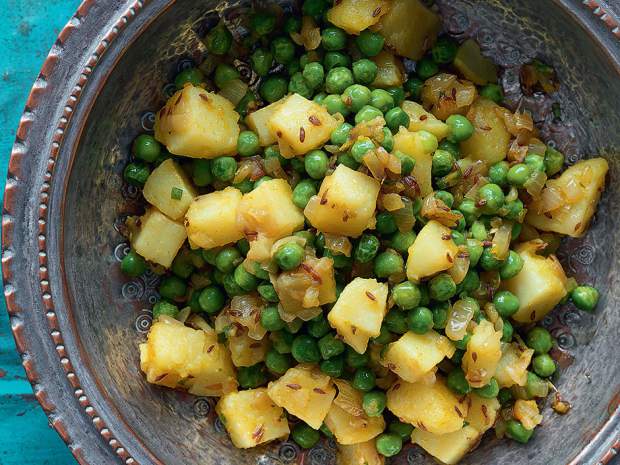
Bihari style potatoes and peas from Vegetarian India: A Journey Through the Best of Indian Home Cooking.
Photo Credit: Knopf/Penguin Random House
2 tablespoons olive, peanut or mustard oil
½ teaspoon whole cumin seeds
1 medium onion, peeled and chopped
1 tablespoon peeled, finely grated, fresh ginger
1 to 3 fresh, hot green chilies, finely chopped
¼ teaspoon ground turmeric
2 1/3 cups green peas, parboiled and drained if fresh
1 medium waxy potato, boiled, peeled and diced into cubes
1 teaspoon salt to taste
Freshly ground pepper to taste
Directions:
1. Put the oil in a medium, preferably non-stick pan and set over medium heat. When hot, add the cumin seeds and let them sizzle for 10 seconds. Add the onions, then stir and fry for about 5 to 6 minutes or until the onions are soft.
2. Add the ginger, green chilies, and turmeric and stir for a minute. Add the peas, potatoes, salt, and pepper and stir for 2 to 3 minutes, sprinkling with a little water if the peas get too dry.
Serves 4 to 5
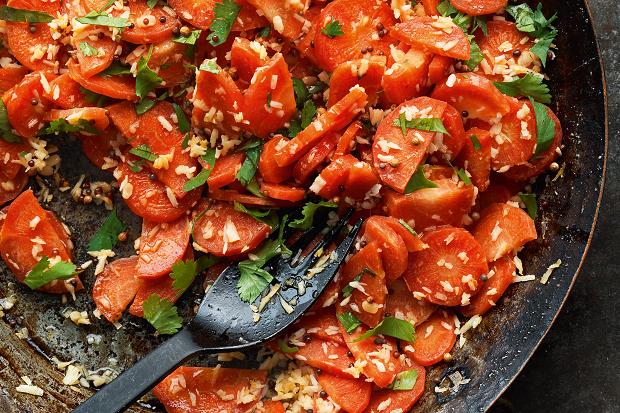
Stir-Fried Carrots from Vegetarian India: A Journey Through the Best of Indian Home Cooking.
Photo Credit: Knopf/Penguin Random House
Ingredients:
5 medium carrots
1 tbsp olive or peanut oil
½ teaspoon urad dal
½ teaspoon whole brown mustard seeds
2 dried hot red chillies, broken in half
1 teaspoon peeled and finely grated fresh ginger
½ teaspoon salt
3 tablespoons finely grated fresh coconut, or defrosted frozen coconut
2 tablespoons roughly chopped fresh cilantro
Directions:
1. Peel the carrots and cut them into ¼ inch rounds. Larger pieces from the top of the carrots should be halved.
2. Put the oil in a frying pan, wok, or karhai set over medium heat. When hot, add the urad dal. As soon as it begins to change color, add the mustard seds and red chilies. When the mustard seeds pop and the chilies darken, a matter of seconds, add the carrots, ginger, and salt. Mix well, then add 4 tablespoons of water. Cover and cook on low heat for 3-4 minutes or until the carrots are tender. dd the coconut and cilantro and mix well.
Main Image and All Photos Excerpted from Vegetarian India: A Journey Through the Best of Indian Home Cooking by Madhur Jaffrey. Copyright © 2014, 2015 Madhur Jaffrey. Photography by Jonathan Gregson © Ebury Press 2014. Published by Alfred A. Knopf, a division of Random House of Canada Ltd., a Penguin Random House LLC. All rights reserved.
Watch Madhur Jaffrey talk to ANOKHI PULSE TV about her practical and simple approach to cooking below:
Daniel Pillai
Author
Daniel is the Digital Media Manager for ANOKHI MEDIA and the host for ANOKHI's entertainment channel, PULSE TV. As part of the dream team, Daniel manages all multiple channels under ANOKHI’s portfolio, while also training new on-air talent, and showing budding p...
